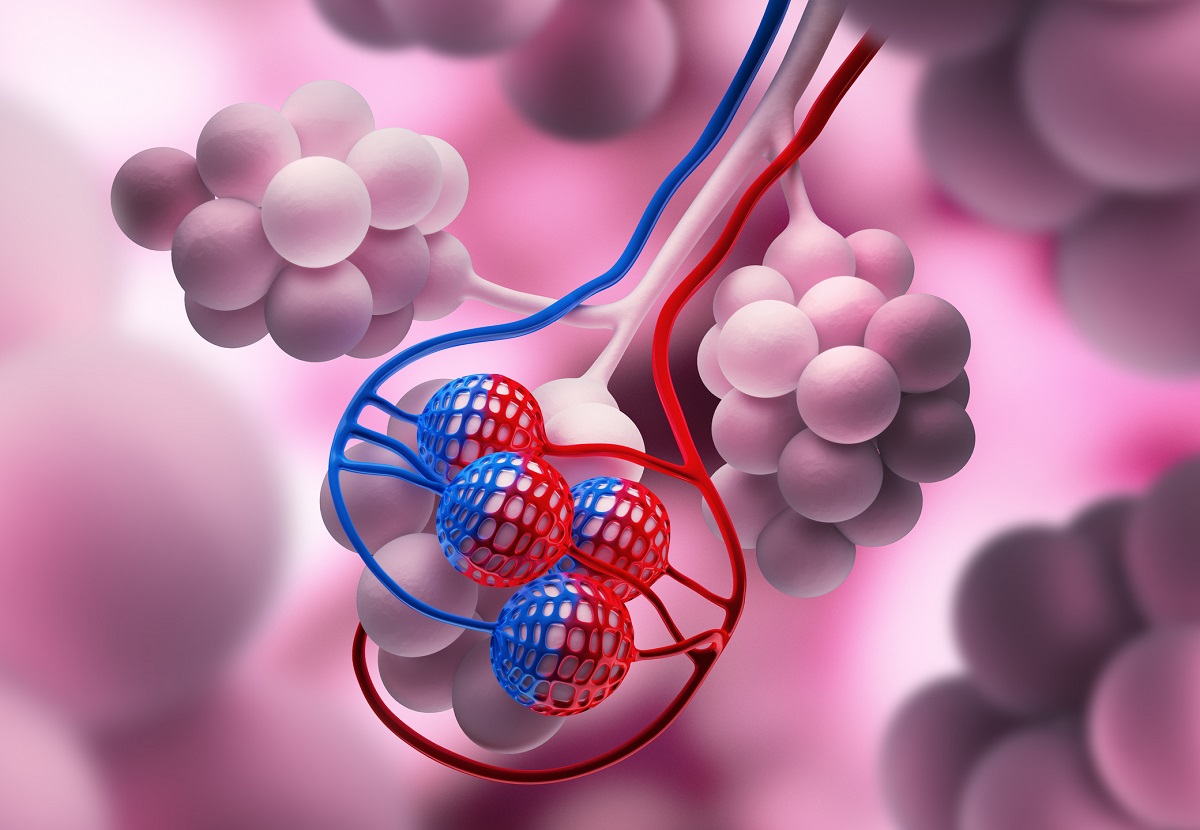KEY TAKEAWAYS
- The phase 2 trial aimed to assess the impact of additional radiotherapy on outcomes in patients with metastatic NSCLC treated with immuno-chemotherapy.
- The primary endpoint was PFS.
- The results showed that the combination of durvalumab, chemotherapy, and RT is effective and tolerable in oligometastatic NSCLC.
Immunotherapy combined with chemotherapy represents the standard treatment for metastatic non-small cell lung cancer (NSCLC). Radiotherapy (RT) has demonstrated extended progression-free survival (PFS) and overall survival (OS) in carefully selected patients with oligometastatic NSCLC.
Qiwen Li and the team aimed to evaluate the potential benefit of adding RT to immuno-chemotherapy for metastatic NSCLC treatment.
Patients underwent treatment comprising 4 cycles of durvalumab and chemotherapy, followed by RT to all lesions. Subsequently, they received durvalumab monotherapy until disease progression or intolerance or for a maximum duration of 24 months. Stereotactic ablative body RT (SABR) and definitive RT were administered if feasible.
The primary endpoint was progression-free survival (PFS) according to RECIST v1.1 criteria. Secondary endpoints included objective response rate (ORR), overall survival (OS), and safety assessments.
Between September 2021 and April 2023, 35 patients from 5 hospitals were enrolled in the study, with a median age of 65 years and 57.1% diagnosed with adenocarcinoma. Among them, 28 (80%) received RT, and 23 (65.7%) received SABR.
About 11 patients were still undergoing durvalumab treatment. With a median follow-up of 15.7 months, the median PFS was 10.4 months (95% CI 4.4, NE). The 1-year OS rate was 73.6% (95% CI 55.3%, 85.3%), and the ORR was 71.9%. Median PFS was 18.69 months (7.23, NE) and 24.3 months (7.6, NE) in patients who received RT and SABR, respectively.
Adverse events (AE) of grade 3 or higher were reported in 57.1% (20/35) of patients. Serious adverse events (SAE) occurred in 45.7% (16/35), and immune-mediated adverse events (imAE) were observed in 34.3% (12/35) of patients.
The combination of durvalumab, chemotherapy, and RT proved effective and well-tolerated. Patients who avoid disease progression post-initial systematic therapy and undergo RT/SABR experience extended PFS, suggesting the potential of RT/SABR to enhance efficacy.
The trial was sponsored by the Zhejiang Cancer Hospital.
Clinical Trial: https://clinicaltrials.gov/study/NCT04255836
Li, Q., Ma, H., Zheng, R., et al. (2024). “Durvalumab combined with chemotherapy and radiotherapy in patients with oligometastatic non-small cell lung cancer (SABRcure).” Presented at ELCC 2024. Annals of Oncology (2024) 9 (suppl_3): 1-53. 10.1016/esmoop/esmoop102569 (65P)



